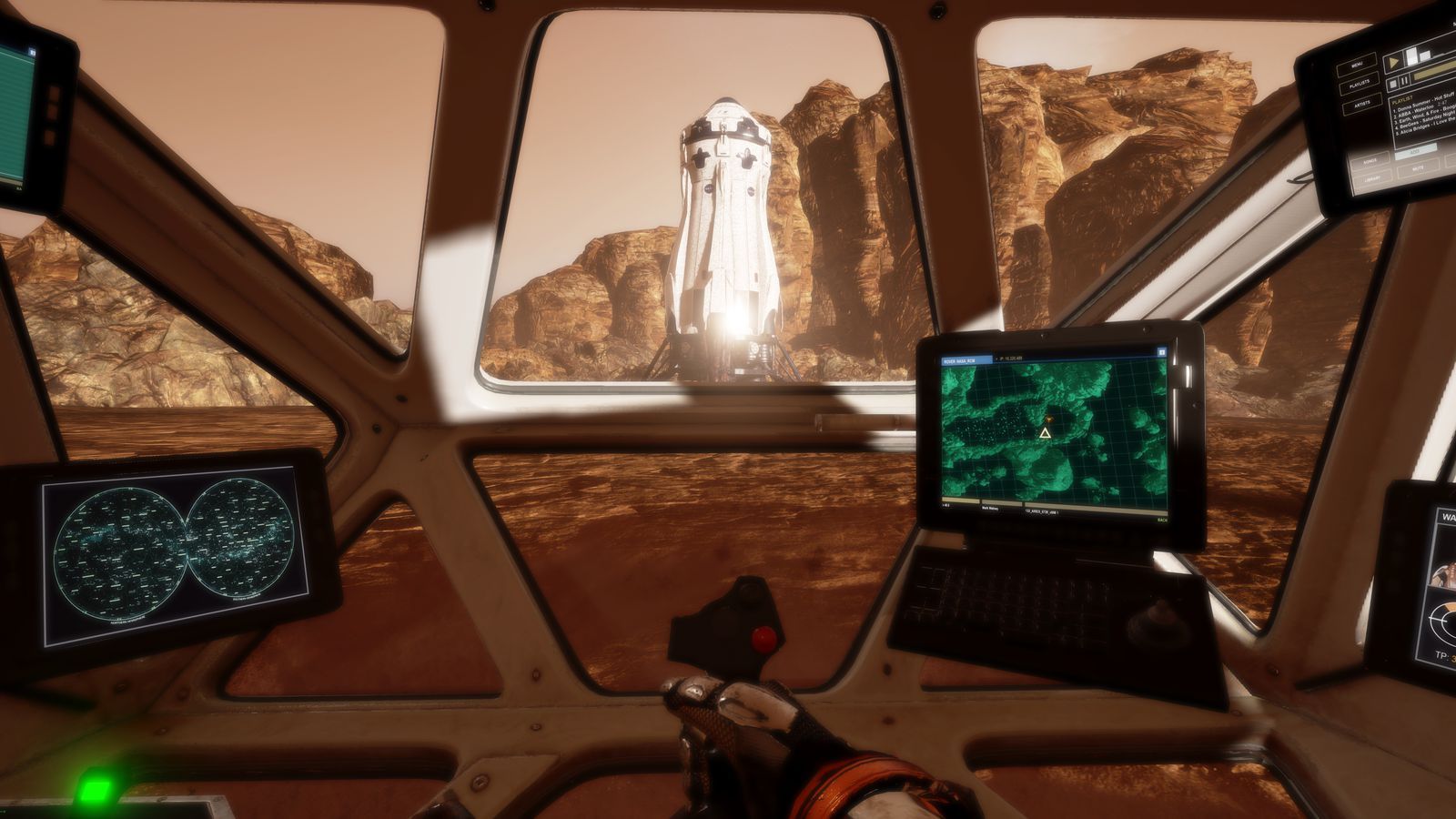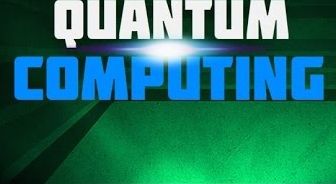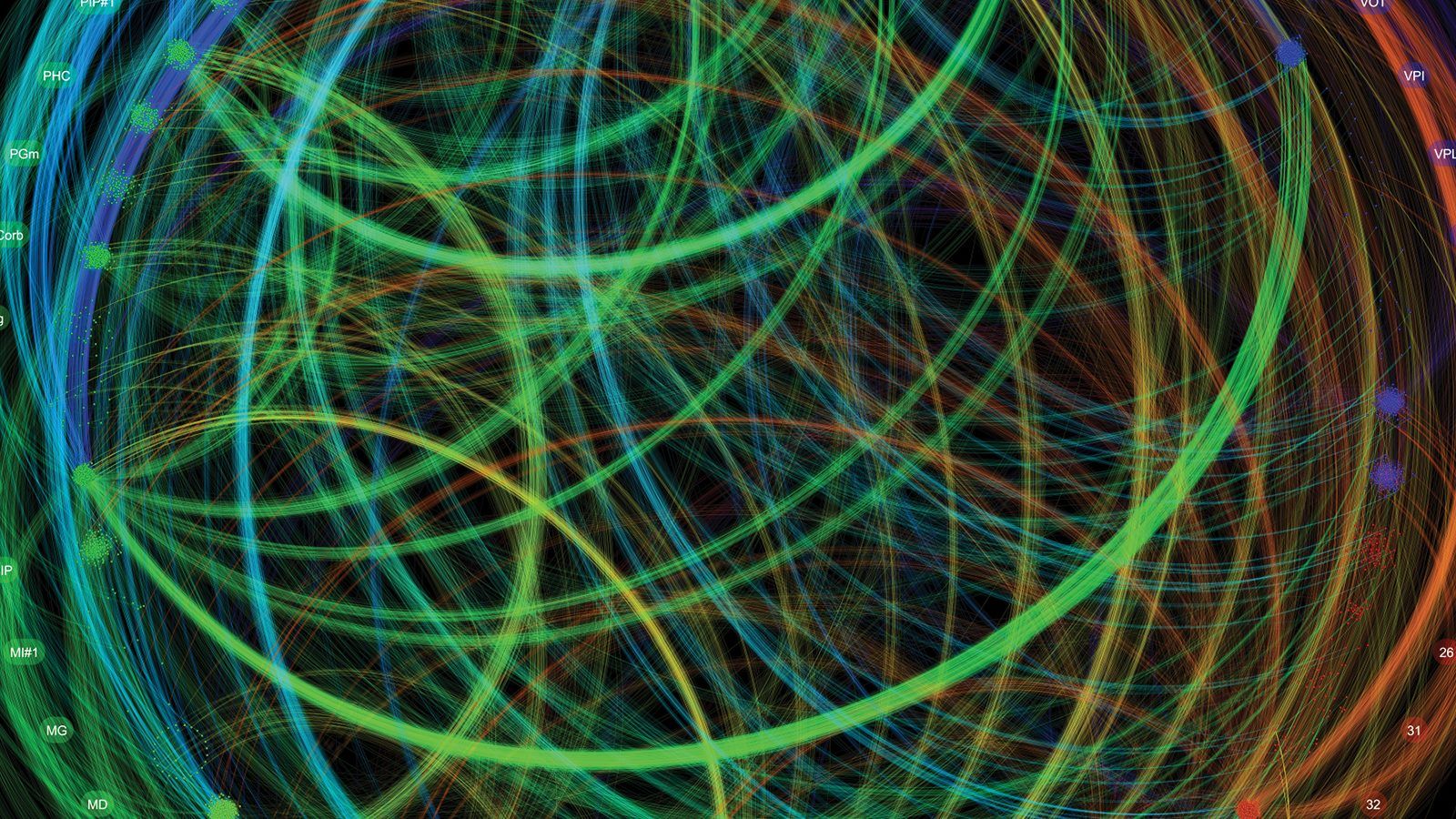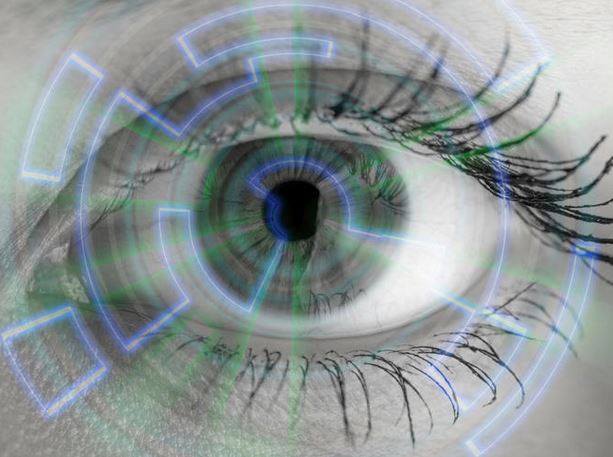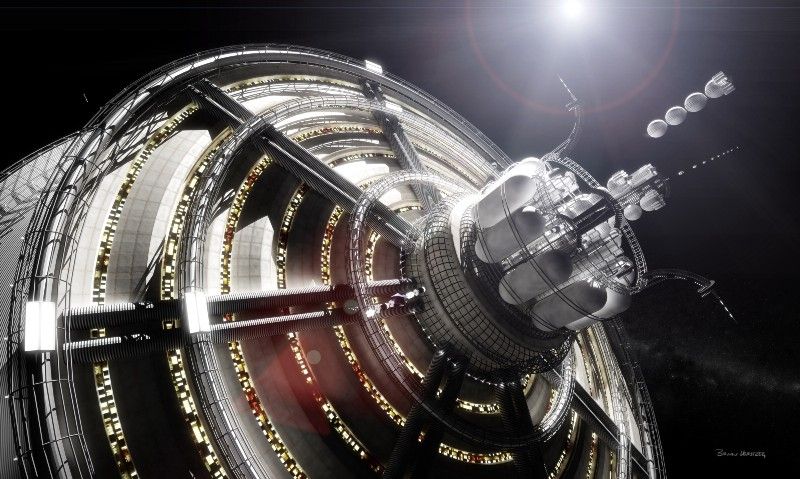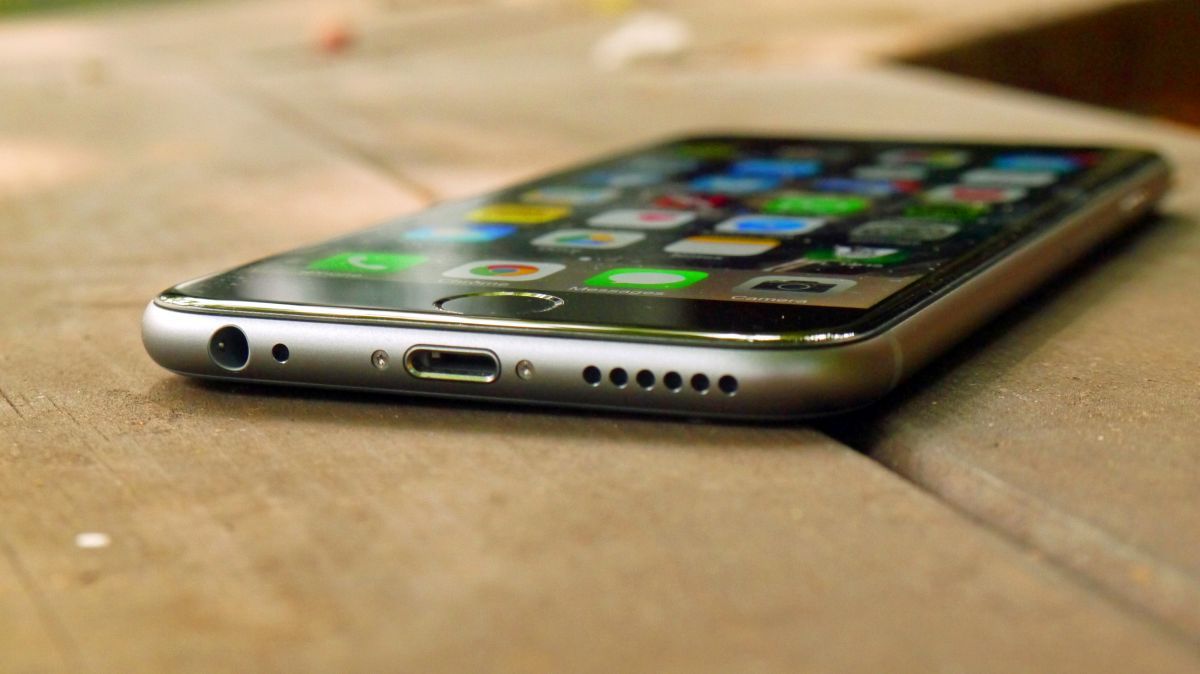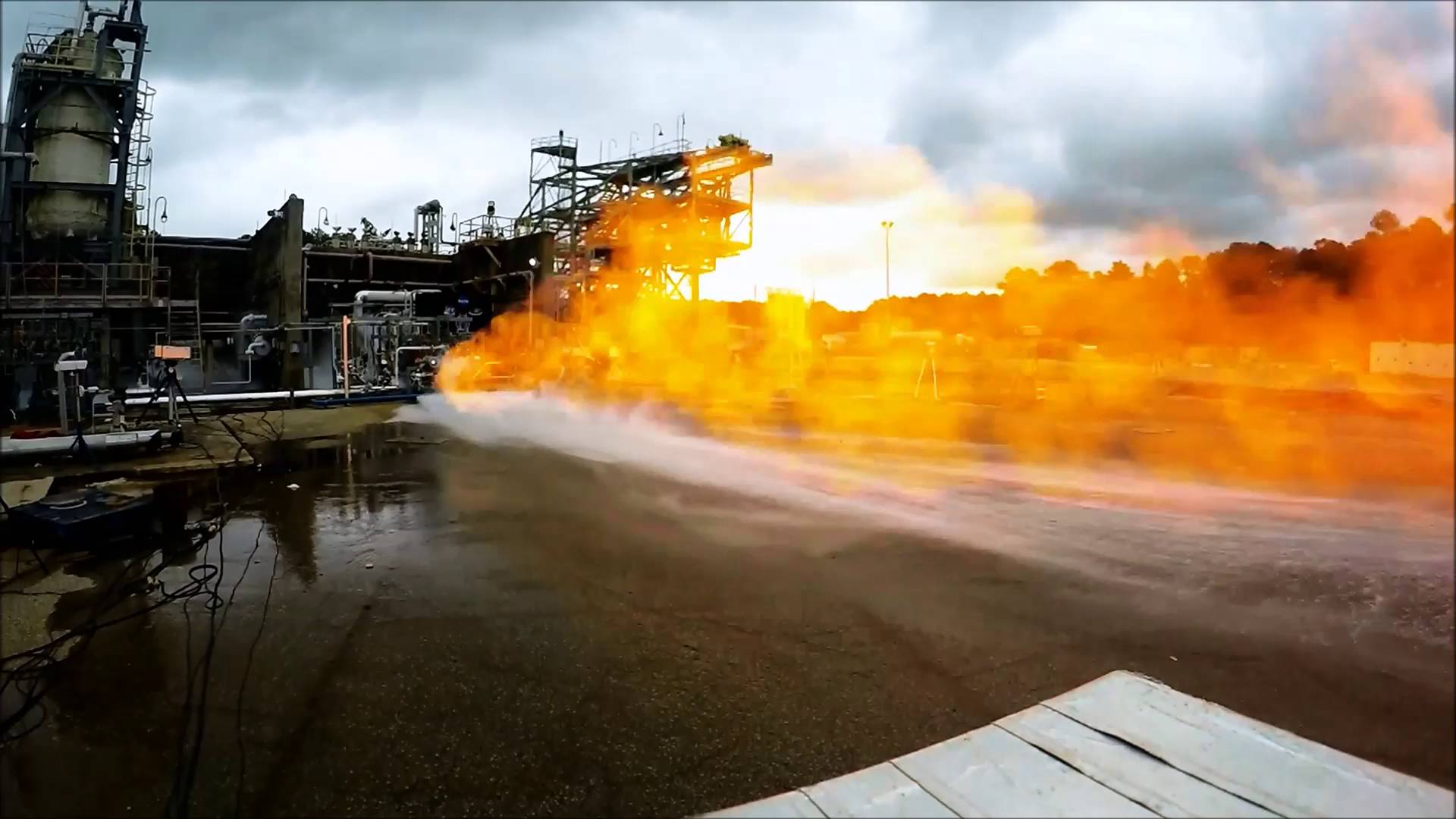Jan 9, 2016
The Martian VR Experience is out of this world
Posted by Klaus Baldauf in categories: space, virtual reality
“You’re way too low. You need to get back on course!” I’m soaring through space high above Mars, steering my way towards the ship that’s going to take me back to Earth after hundreds of days stranded on the Red Planet. I’m changing direction using the air escaping from my pierced left glove, which I’m holding behind my back so I can move forward. I look over my shoulder and see the rocket I used to escape hanging against a Martian backdrop; above and around me, there’s only the void. My return home might be in jeopardy.
I change my left hand’s angle and approach a white beam of light, where my commander is waiting to drag me onto her waiting spacecraft. She wraps me in her arms, and I feel a little jolt when our helmets clunk together. Having finally achieved relative safety, I drop the controllers I’ve been holding and lift the Oculus Rift headset I’ve been wearing for the last 20 minutes into the hands of a nearby attendant. I’ve just finished The Martian VR Experience, which is coming to a virtual reality headset near you sometime this year, and the moments I just spent hurtling through the solar system are giving me a new appreciation for the solid footing of this Las Vegas nightclub.
